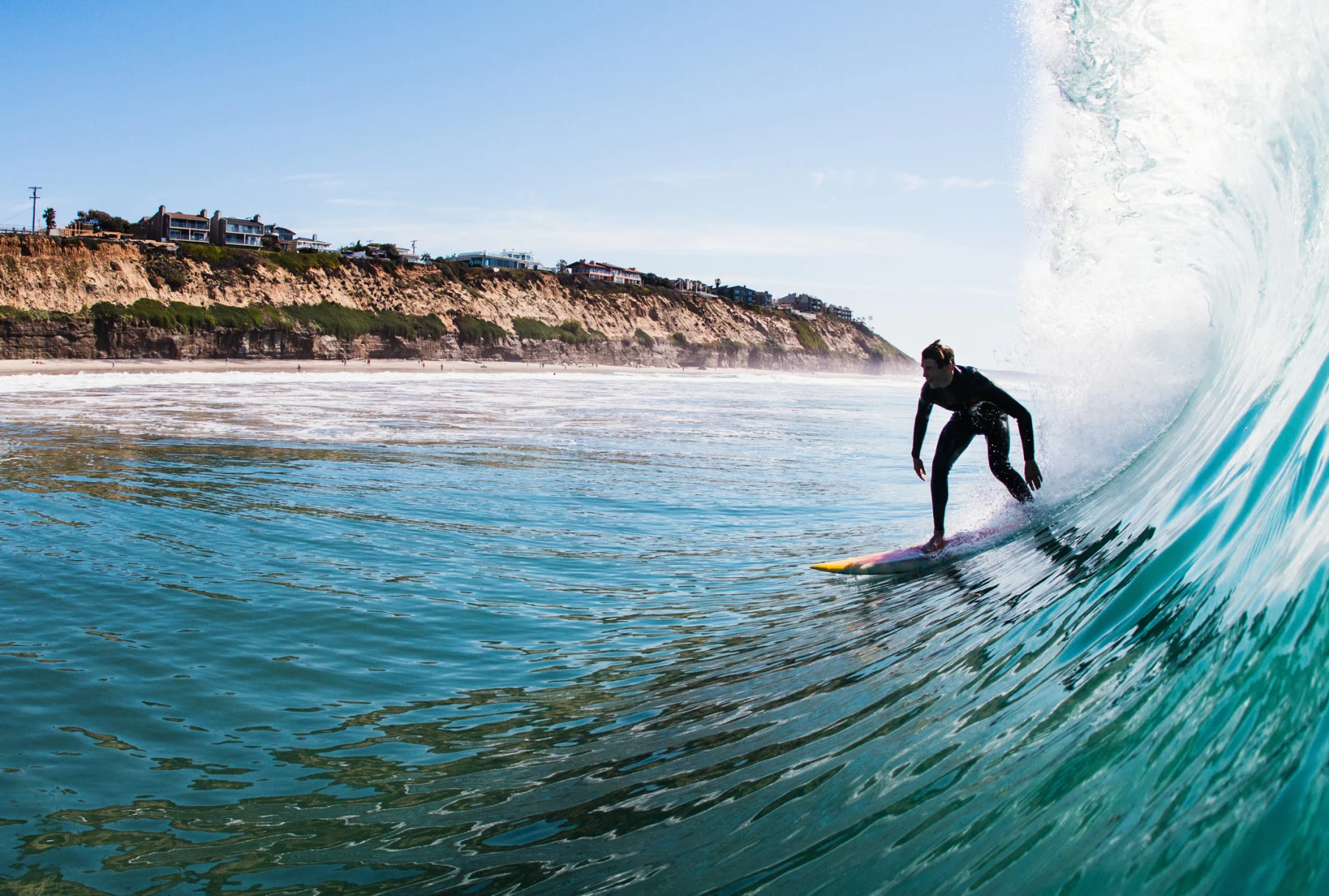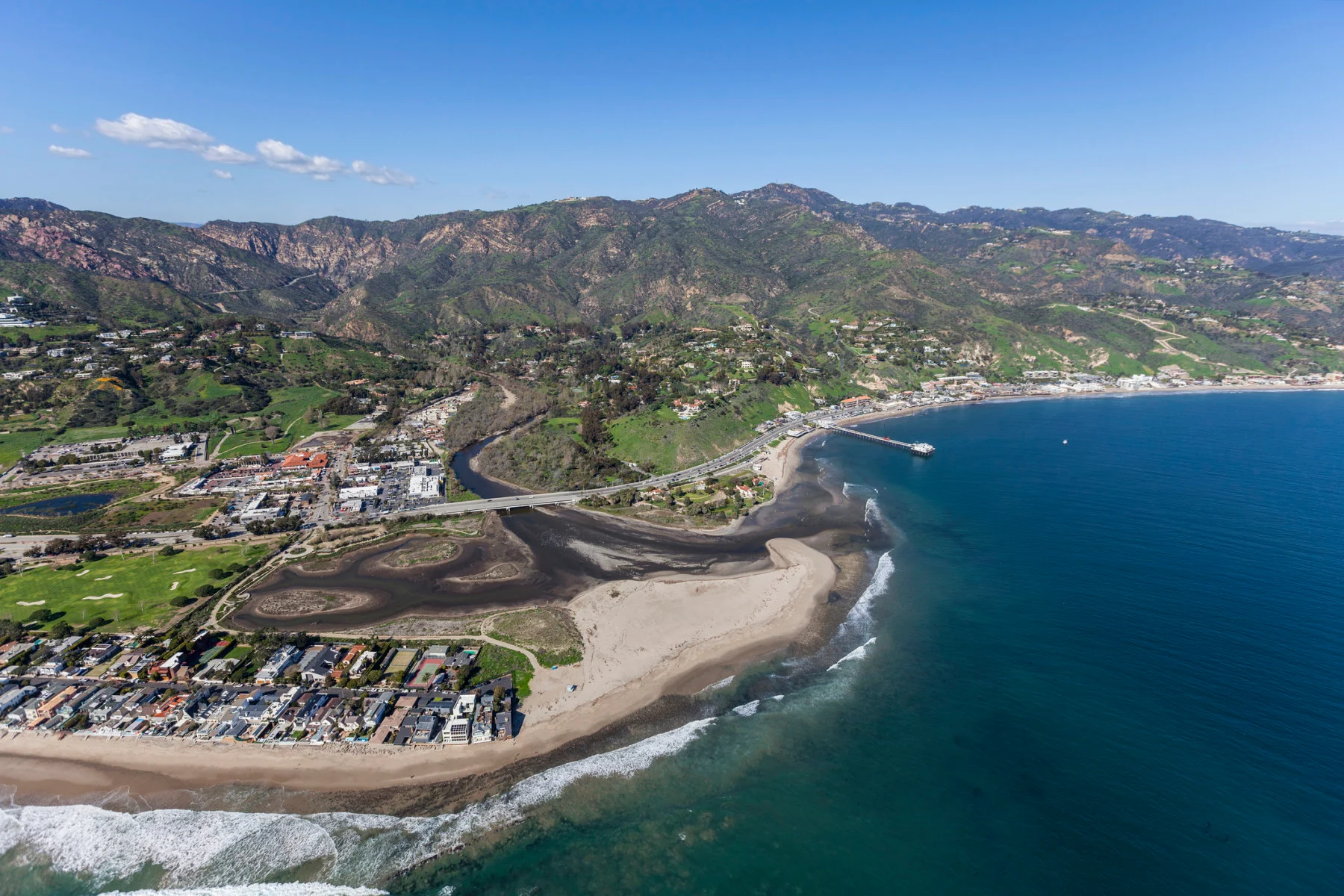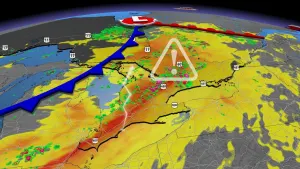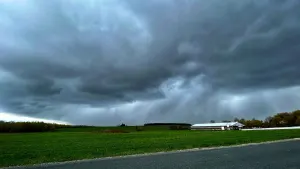
"Wave reserves" at popular surf spots could protect ecosystems, study says
Conserving picturesque coastal regions has numerous benefits for both the environment and tourists, researchers say.
Some of the most beautiful surfing destinations are found in regions with unique landscapes, high levels of biodiversity, and are typically maintained by the local community to protect the ecosystem’s natural beauty.
Unfortunately, many of these surfing locations are facing stress from human activity, such as ocean acidification and dredging of the seafloor, which could compromise the health of the ecosystems and their touristic features.
To address this issue, researchers from the University of Portsmouth propose that conserving these pristine locations could result in significant environmental benefits that go far beyond aesthetic appeal.
A study published by the scientists says that “wave reserves” could become a popular tool for coastal conservation, particularly in countries that are renowned for their surfing conditions, such as Costa Rica, Chile, Maldives, Fiji, and Indonesia.
The study states that 90 per cent of world-class wave locations are found in marine biodiversity hot spots and wave reserves can preserve recreational activities while conserving the environment. Surfing was featured at the Olympic Games for the first time in 2020 and the researchers say that the growing market could generate “significant revenues for conservation.”

Malibu Surfrider Beach, California, USA was designated the first World Surfing Reserve in 2010. (trekandshoot/ iStock/ Getty Images Plus)
"The potential impact of wave reserves on the future of sustainable ocean management is huge. Wave reserves can become the foundation for an environmental approach to sport tourism,” stated Pierre Failler, professor at University of Portsmouth, in the study’s press release.
“When large enough, wave reserves will allow low- and middle-income countries to increase their relatively weak area-based conservation systems at a lower cost, and therefore progress in achieving their international commitments such as the UN Sustainable Development Goals."
The first wave reserve was established in 1973 at Bells Beach, Australia, which is where the annual Rip Curl Pro surfing event occurs, and has reportedly benefitted from its reserve status. The wave reserve at Tres Palmas, Puerto Rico, has prevented real estate development that would have caused damage to the coast and incentivized debris removal and coral reef transplants.

A beach at Tres Palmas in Rincón, Puerto Rico. (Shawn Harrison/ USGS)
Other notable locations include the One World Surfing Reserve in Mexico that is 16,000 hectares and Indonesia’s One Marine Protected Area that has not yet been established but aims to be 50,000 hectares.
The study states that the number of wave reserves will increase in the coming years due to their numerous advantages. Save The Waves and Conservation International are two international NGOs that are currently collaborating to protect 1,000 sites in over 20 countries.
“It is achievable and accessible initiatives like these that will help improve the governance of the world’s oceans,” stated Failler.
Thumbnail credit: Yew! Images/ Image Source/ Getty Images











